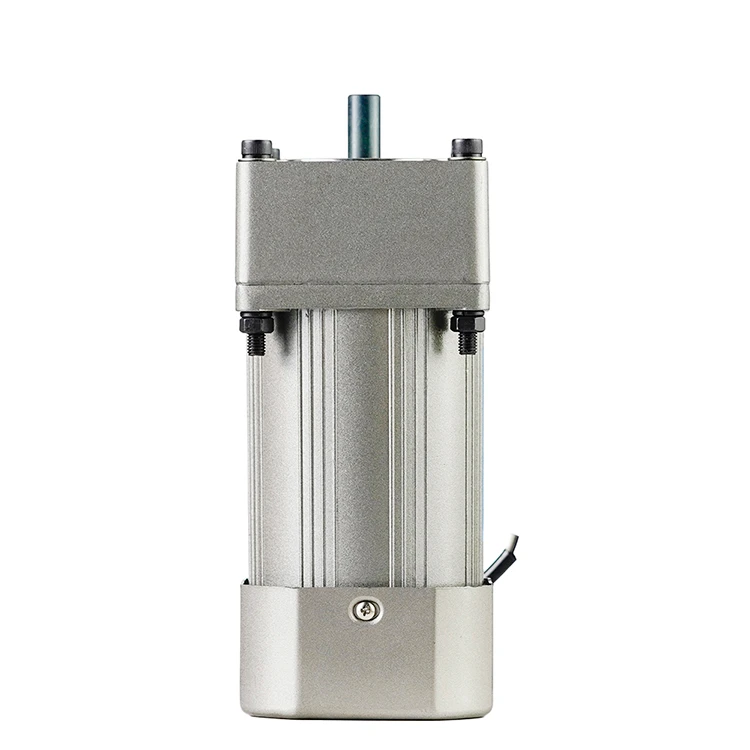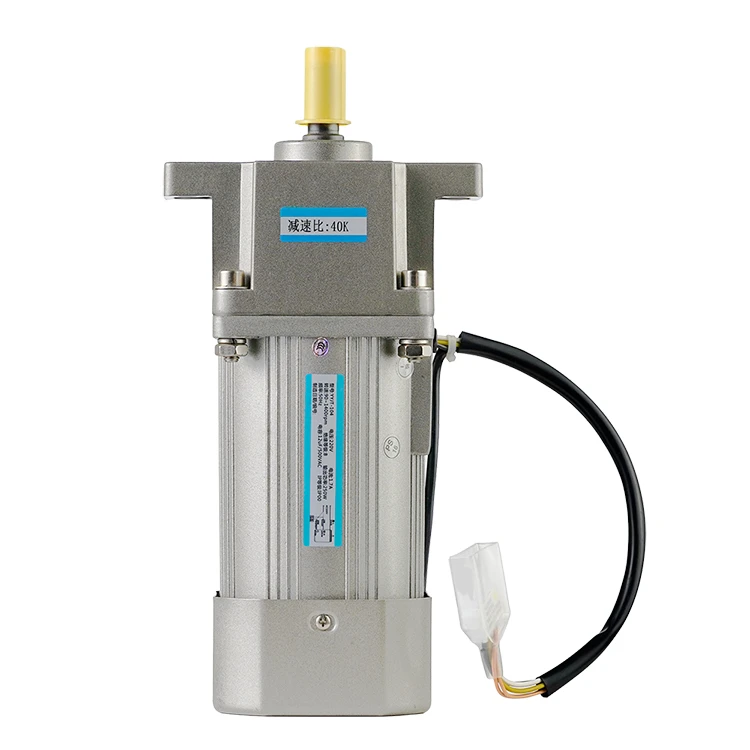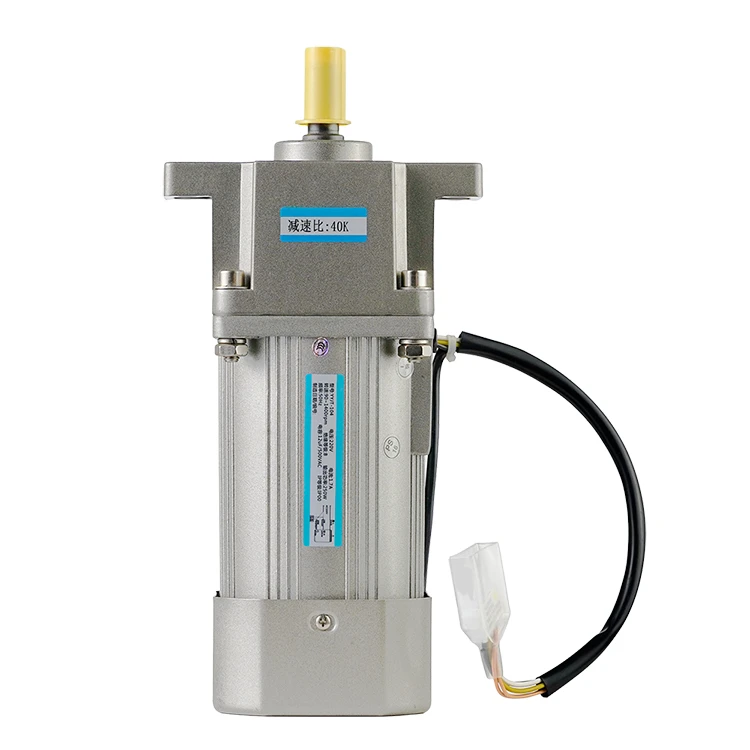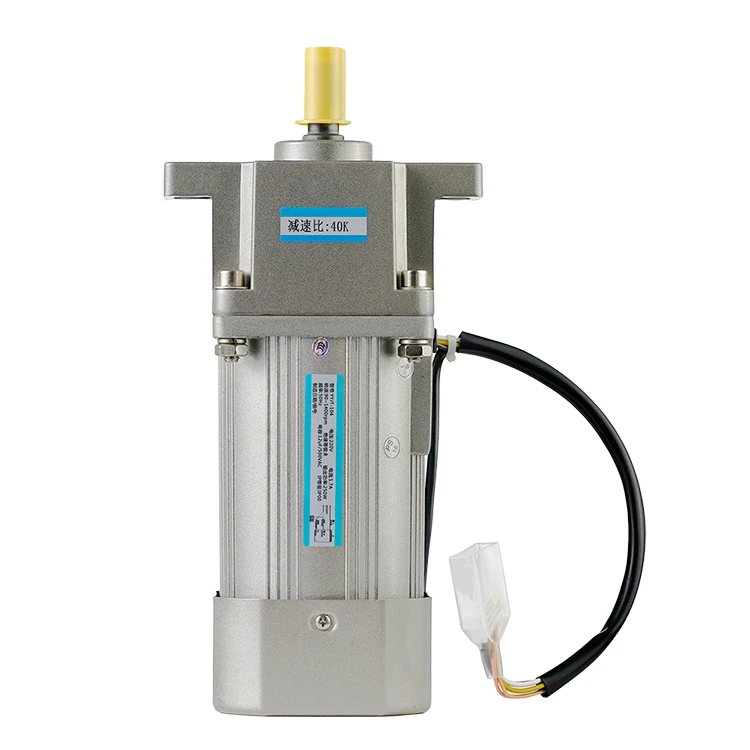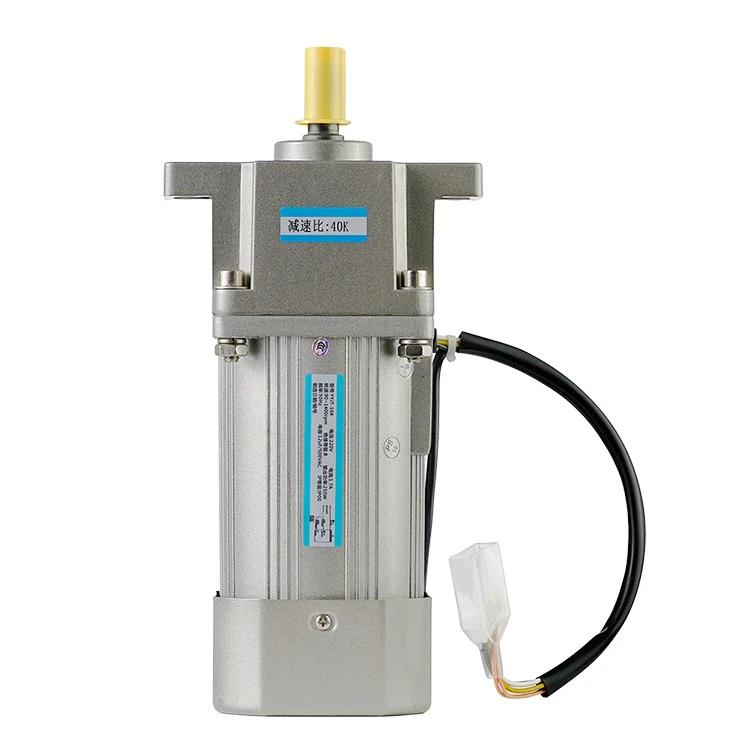How ac servo motor works?
2023-05-26 08:46:19
AC servo motors are a type of electrical motor that are commonly used in a variety of applications, including robotics, automation, and control systems. These motors are known for their high precision and ability to accurately position a shaft or other moving part to a specific angular position. In this article, we will explain how AC servo motors work and discuss some of the key components and features that make them unique.
To understand how AC servo motors work, it is first important to have a basic understanding of how electrical motors operate. An electrical motor converts electrical energy into mechanical energy, producing a rotational force, or torque, that can be used to move a shaft or other moving part. The motor accomplishes this by using electrical current to create a magnetic field, which interacts with the magnetic field of a permanent magnet to produce the rotational force.
An ac servo motor consists of three main components: an AC motor, a gearing system, and a control circuit. The AC motor is responsible for providing the rotational force, or torque, needed to move the shaft of the servo. This is typically an induction motor, which is a type of AC motor that uses electromagnetic induction to produce the rotational force. Induction motors are known for their reliability and efficiency, making them a popular choice for servo motor applications.
The gearing system is used to reduce the speed of the motor and increase the torque, allowing the servo to move the shaft with greater precision and force. The gearing system is typically made up of a set of gears that are arranged in a specific configuration, such as a planetary gear arrangement or a spur gear arrangement. The gearing system is designed to provide the optimal balance of speed and torque for the specific application in which the servo motor is being used.
The control circuit is responsible for receiving commands from the user and translating them into specific movements of the shaft. The control circuit typically includes a pulse width modulation (PWM) circuit, which is used to control the amount of current flowing to the motor. The user provides commands to the servo motor by sending a specific PWM signal, which is used to control the position of the shaft. The control circuit also includes feedback mechanisms, such as an encoder or a potentiometer, which are used to measure the position of the shaft and ensure that it is moving to the desired position.
One of the key features of AC servo motors is their ability to provide precise angular positioning. This is accomplished by using the feedback mechanisms in the control circuit to compare the current position of the shaft to the desired position, and then making any necessary adjustments to the PWM signal in order to move the shaft to the desired position. This feedback loop allows the servo motor to continuously adjust the position of the shaft, providing precise control over its movement.
Another key feature of AC servo motors is their ability to operate over a wide range of speeds and torques. The gearing system in the servo motor allows it to provide a wide range of torque outputs, which makes it suitable for a variety of applications. Additionally, the control circuit can be programmed to operate the servo motor at a wide range of speeds, allowing it to be used in applications that require both high speed and high precision.
In summary, AC servo motors are a type of electrical motor that are known for their high precision and ability to accurately position a shaft or other moving part to a specific angular position. They consist of an AC motor, a gearing system, and a control circuit, and they use feedback mechanisms and pulse width modulation to provide precise control over the movement of the shaft. These unique features make AC servo motors a popular choice for applications that require high precision and control.
See What Lunyee Can Do For You
Contact Us
- 8619149417743
- +86-0371-5562 0274
- [email protected]
- Zhengzhou, Henan Province, China
- Mon-Fri: 9:00 - 18:00
